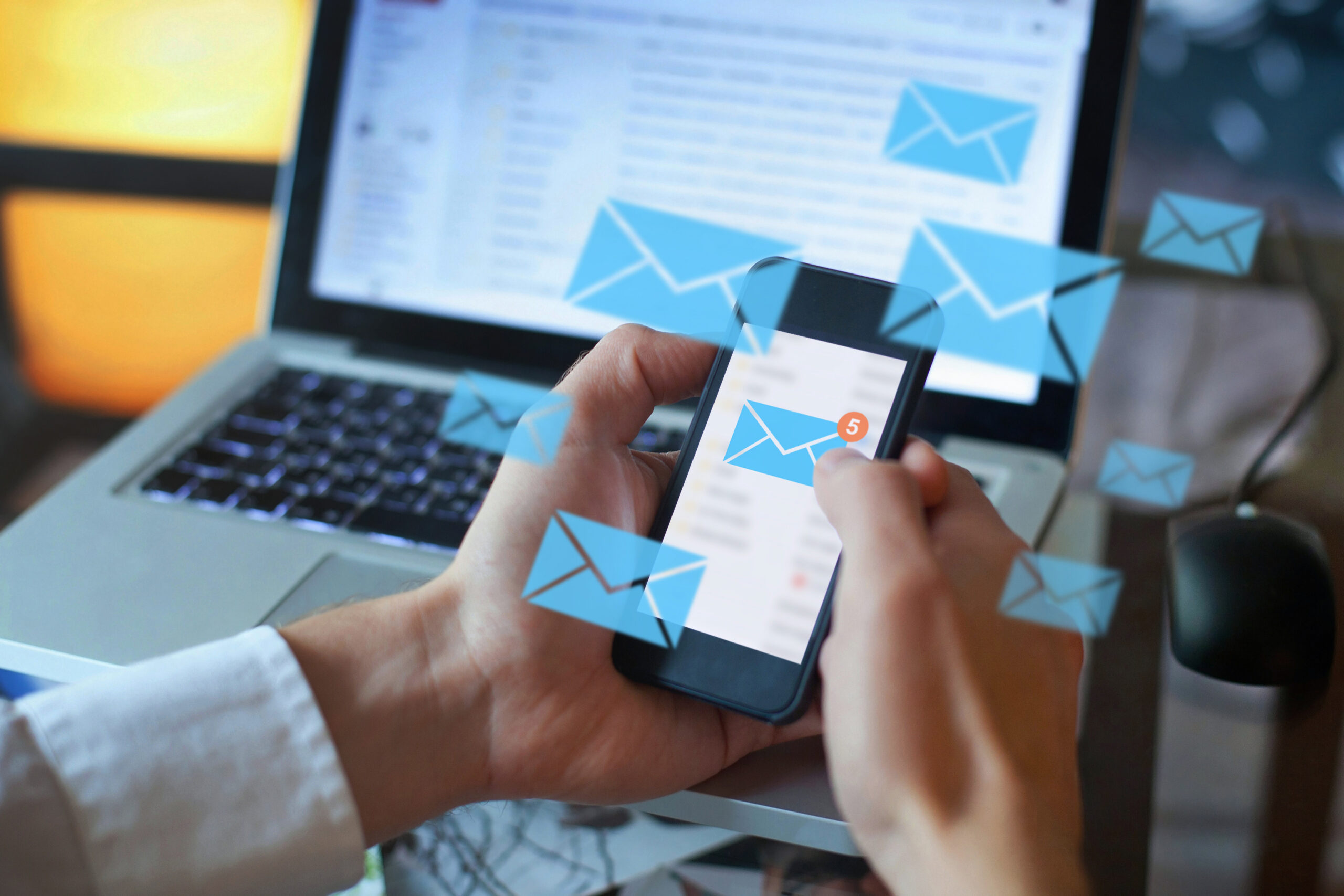How to Write Cold Sales Emails That Get Responses
Do you know how to write cold sales emails that consumers will open and read? If your readers are opening your emails, do you actually get a response?
About 87% of marketers used email over the past 12 months to share content because it still remains a prominent sales tactic despite the growth of other channels. However, the method for crafting cold emails has changed over the years.
We will look at the five steps to craft, send, and scale effective cold sales emails in 2022.
Key Takeaways:
- Most consumers never open emails unless you can engage them with the subject line.
- Cold emails should build a connection with your reader – not sell products.
- Keep your emails short with a simple call-to-action.
- Always scale your emails for different industries and positions.
How to Write Cold Sales Emails in 5 Steps
Here are five steps to help you write cold emails that get responses using the most effective email marketing strategies of 2022.
1. Get Your Readers to Open the Email
The “from” and subject lines of an email are the first impression your readers will have of your message. Unfortunately, most emails fail to capture readers’ interest. In fact, the average email open rate is only 19.8%.
When crafting cold emails, don’t get so caught up focusing on the body of the email that you forget to make an engaging subject line. You can start by editing the “from” line since 45% of internet users don’t open emails from unknown senders. Since you are sending a cold email, your recipients will not have you in their contact books. Therefore, who the email says it is from will have a significant impact on whether the reader will open the message. For example, you can add a first and last name along with a title or company name.
Next, focus on your subject line and craft a concise yet intriguing message that will encourage your audience to read more. One report showed that emails with a personalized subject line generate 50% higher open rates. Some good rules to use when crafting a subject line are to tell your audience the benefits they will receive, avoid spammy and clickbait language, and make the email relevant to the message.
2. Craft an Engaging Introduction
Once your readers open the email, you only have a few seconds to get their attention before they decide to delete the email or further engage with its contents. Because the first two or three lines are most important, don’t waste that space introducing yourself. Instead, focus on who you are writing to – address their problems, interests, or industry.
Some ways you can do this where it encourages your audience to keep reading is by:
- Using startling statistics
- Incorporating humor
- Personalizing the introduction using a name, job title, or specific interest
3. Offer Value in Your Email’s Body
Gone are the days of mass salesy emails. Those formats were practical when very few businesses used cold email marketing. However, people now send and receive 333.2 billion emails daily on average. Therefore, you need to step up your emailing strategy so that it focuses on the customer experience. This will make you stand out from the crowd and make an impression that leads to the desired consumer response.
Image from Oberlo
Instead of promoting your products and services, focus your email on the consumer by offering benefits based on customer insights. For example, instead of listing the features of your software, tell your consumers some specific ways the software can improve their business.
For instance, you could switch out language like “this software automates X process” for “this automation software saves you X amount of time.” Additionally, try to make the benefits specific and personal to your readers.
While there is no magic word count for cold emails, you should aim to keep your messages short. Save your long-form content for leads that are interested in more information. Instead, make sure this first point of contact is concise and to the point, preferably with 50 to 125 words.
4. End with a Simple Call-to-Action
At the end of the email, give the readers clear instructions of what action they should do next. However, keep in mind that your cold email may be the first touchpoint with that consumer. Since most consumers need eight touchpoints before they purchase, they are not likely to make any big decisions based on your cold email alone.
Instead, give your readers a small task to complete. For example, you might ask them to visit your website for more information instead of asking them to purchase an expensive software package. Your goal in a cold email is to build a relationship. Hence, you want your call to action to give them ways of connecting rather than purchasing.
Here are a few other examples of a compelling yet simple call to action for a cold email:
- Request a quick call from customer service
- Encourage them to connect on social media
- Link to your website for more information
- Offer a sign up for your emailing list
You should include your signature as part of the call to action and closing by adding further contact information so that your consumer can easily reach out in their preferred method.
5. Scale and Send your Emails
Scaling means breaking up your audience into smaller groups to help you personalize your emails to each person’s needs. The benefits your software can offer a financial team will be vastly different than what a sales team is looking for in software.
Instead of limiting your personalization to adding a company or individual’s name, you should craft different emails that are personalized to specific industries and positions. By combining both profile data and segmenting your recipients, you can send out smaller batches of emails that are more likely to resonate with each reader.
Image from FinancesOnline
Create the Best Cold Emails That Lead to Loyal Customers
Your cold emails are just the first step to increasing your sales and attracting loyal customers. It is a valuable tool for gaining qualified leads. However, your sales and marketing team will need an efficient response process to close the loop and convert those leads into customers.
So, do you need help creating a better customer experience through a seamless lead process? Contact us to learn more about our marketing and sales solutions.



